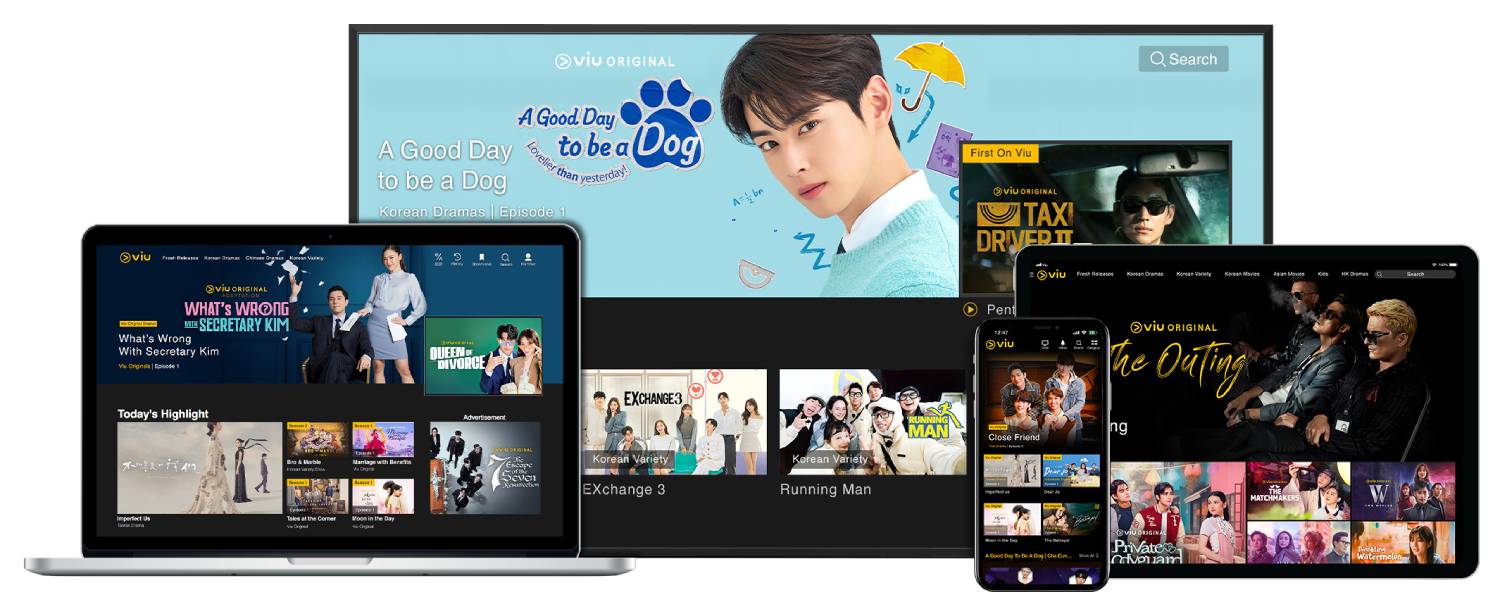
Global Expansion of Streaming: New Markets to Watch
In recent years, the streaming revolution has transformed how the world consumes entertainment. As traditional broadcasting falls and digital platforms rise, more people want on-demand content. This shift creates new opportunities for media companies. Early success stories were mainly in the United States and Western Europe. The next wave of opportunity is in untapped global regions. Streaming industry news shows a clear message: growth relies on smart global expansion.
The race to enter new markets is speeding up. Top platforms, such as Netflix, Disney+, Prime Video, and local services, are shifting their strategies. They aim to serve audiences with different cultures. This article looks at the main factors behind international streaming. It shows promising markets. It also shows how companies are changing content, pricing, and technology to grow globally.
The Current State of Global Streaming
A Mature Market in the West
In North America and parts of Europe, the streaming landscape is relatively mature. Subscriber numbers for major platforms have plateaued, and competition is fierce. With little room for growth at home, companies are now looking to expand into new regions. This helps them keep their revenue and stay relevant.
A Diversifying Content Ecosystem
Streaming platforms are putting more money into international productions. This is happening because there is a growing need for diverse voices and local stories. People around the world are increasingly enjoying non-English content. This includes Korean dramas, Indian thrillers, and Latin American documentaries. This shift is not just cultural—it’s strategic.
Factors Driving International Streaming Growth
1. Increased Internet Penetration
As broadband and mobile data coverage grow in developing areas, more people can access streaming services. In Africa, Southeast Asia, and parts of Latin America, many people now use smartphones. This rise in usage is driving up the need for mobile-first content platforms.
2. Affordability of Smart Devices

More budget-friendly smartphones and smart TVs are now available. This has made it easier for people to access digital media. In areas where pay-TV is usually less common, streaming provides a flexible and appealing option.
3. Younger, Digital-Native Populations
Many emerging markets have younger populations that engage with digital technology a lot. These users easily use mobile apps, online payments, and digital content. This makes them great early adopters.
4. Localisation and Language Support
Offering content in local languages, with dubbing or subtitles, is key to a platform’s success. Services that tailor their libraries to local preferences often gain more market share.
Markets to Watch in 2025 and Beyond
1. India
India remains one of the most dynamic markets in global streaming. The region has over 1.4 billion people and is rich in languages and cultures. This brings both challenges and unique opportunities.
Trends:
- Hyper-local content in regional languages
- Mobile-first subscription plans
- Intense competition from local platforms like Hotstar (Disney+), Zee5, and SonyLIV
Why It Matters:
India’s price sensitivity and demand for localised content make it a testbed for innovation in pricing and content strategy.
2. Southeast Asia
Countries like Indonesia, the Philippines, Thailand, and Vietnam are rapidly growing markets for international streaming services.
Trends:
- Youth-driven streaming habits
- Growth of regional platforms like Viu and iQIYI
- Partnerships with local telecom providers to bundle subscriptions
Why It Matters:
High mobile engagement and low traditional TV use mean digital services can be the main content sources in these areas.
3. Sub-Saharan Africa
Sub-Saharan Africa has long been overlooked by global entertainment media. Now, it’s becoming a promising market. This change is driven by mobile technology and local content production.
Trends:
- Rapid increase in mobile connectivity
- Investment in African storytelling (e.g. Netflix’s Blood & Water)
- Local competitors such as Showmax gaining traction
Why It Matters:
Africa represents an enormous growth opportunity if infrastructure challenges can be overcome. Streaming could leapfrog traditional media altogether.
4. Latin America
Latin America has a rich storytelling tradition and a lively entertainment scene. This makes it a vital market for global content platforms.
Trends:
- Popularity of telenovelas and crime dramas
- Dual-language content appealing to US and Latin American viewers
- Expansion of regional production hubs in Mexico, Brazil, and Argentina
Why It Matters:
Latin America provides high user engagement and a chance for unique programming that resonates globally and crosses borders.
5. Middle East and North Africa (MENA)
The MENA region presents unique opportunities and challenges. Some areas have regulatory challenges, but others have strong purchasing power and a desire for global content.
Trends:
- Demand for family-friendly and culturally respectful programming
- Growing presence of regional platforms like Shahid and StarzPlay Arabia
- Original content production gaining ground
Why It Matters:
Success in this diverse and complex region will depend on tailored offerings and localised language.
Strategic Adaptations by Major Platforms
To compete in these new markets, global platforms are changing their offerings in several important ways:
1. Flexible Pricing Models

Netflix launched a mobile-only subscription plan in India and Kenya. This aims to attract budget-conscious users. Disney+ has tested ad-supported plans in global markets. These models reduce cost barriers and appeal to wider audiences.
2. Local Content Investment
Producing original films and series in local languages is proving crucial. Netflix’s strong focus on Korean dramas, like Squid Game and The Glory, and Indian thrillers shows this trend. Disney+ and Amazon Prime Video are following suit in Latin America and Asia.
3. Telecom and Retail Partnerships
Working with telecom providers helps streamers create bundled packages or lower data rates. This makes it easier for users to sign up. This model has been successful in Indonesia, Nigeria, and Egypt.
4. Multi-Language User Interfaces
User experience improves with complete app translations, customer support, and recommendation engines. This not only improves accessibility but fosters user loyalty.
The Rise of Regional Competitors

While global giants grab attention, regional platforms are finding their own spaces. They focus on cultural relevance and accessibility.
Notable Examples:
- Viu (Southeast Asia) – Offers Korean dramas and local shows
- Showmax (Africa) – A strong competitor with local originals and live sports
- Globoplay (Brazil) – Emphasises domestic series and news
- Shahid VIP (MENA) – Focuses on Arabic content with international appeal
These platforms often succeed by providing tailored content, competitive prices, and offline viewing options that fit local needs.
Challenges to Global Expansion
Despite the enthusiasm, global expansion is not without obstacles. Major challenges include:
- Bandwidth limitations: In many regions, unreliable internet connections hinder streaming.
- Piracy: High piracy rates in some countries reduce the incentive to subscribe.
- Regulatory environments: Governments may impose content restrictions or censorship.
- Economic instability: Currency fluctuations and inflation can affect subscription viability.
To succeed in the long run, platforms should invest in content, infrastructure, education, and community engagement.
The Future of Global Streaming
Looking ahead, the next few years will likely see:
- More multilingual originals with cross-border appeal
- AI-driven personalisation fine-tuned for diverse audiences
- Interactive and short-form content developed for mobile-first users
- Strategic mergers and acquisitions to consolidate market presence
As technology evolves and audiences connect globally, streaming industry news will shift from local focus to global importance.
The World Is Watching
The rise of streaming is not just a technological shift—it’s a cultural one. As platforms move into new regions, their success in international streaming relies on being authentic, accessible, and adaptable. The focus now goes beyond exporting Western media. It’s about connecting with people globally through stories that highlight their languages, lives, and identities.
For viewers, globalisation brings more choices and voices. It also helps them understand the world better through entertainment. Providers must listen, adapt, and lead with innovation and respect.
Act now: No matter if you’re a consumer, creator, or industry watcher, stay updated on streaming news. The next big entertainment story could come from an unexpected country.